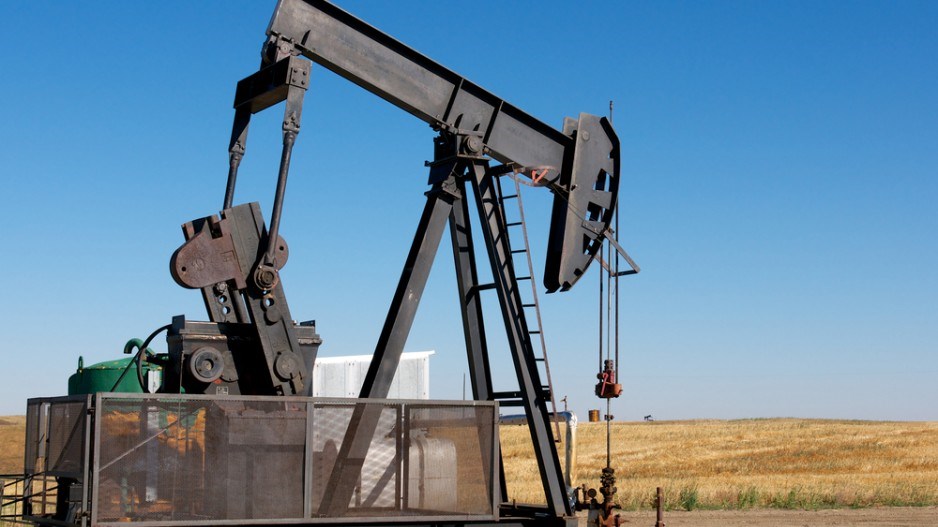Canadian real gross domestic product (GDP) dipped 0.1% in January, according to Statistics Canada data released March 31, which was a slightly lower decline than expected.
Perhaps most surprising in January was the unexpected boost in oil and gas extraction, which increased 1.4%, contributing to overall growth of 0.3% in goods-producing sectors.
“Recall that construction of long-life oil sands projects that already have significant sunk costs are continuing, and production could still rise this year,” said Benjamin Reitzes, senior economist, vice-president economic research at BMO Capital Markets.
“Indeed, unconventional oil production, or oil sands, surged 9.5%, rebounding from sizeable losses in the prior two months due maintenance.”
Utilities (up 1.4%) and agriculture (up 1.9%) also kept GDP from shrinking as much as expected.
Conventional oil, on the other hand, fell 1.9%. Other sectors that contributed to the decline were wholesale trade (down 2.6%), retail trade (down 1.0%) and hotels and restaurants (down 0.8%).
The overall decline in January’s GDP comes after a 0.3% increase in December, which more than made up for a 0.2% decline in November.
Reitzes said the Canadian economy has started the year off shakily, but points out that things might not be as bad as originally feared.
“For now, our call for Q1 GDP growth of 0.5% is reasonable, but there remains downside risk,” Reitzes said. “With February activity likely to be weak as well, there’s a decent chance that Q1 GDP could be negative.
“The soft data are consistent with Poloz’s expectations for the oil-shock-related weakness to be more front-loaded. That suggests the Bank of Canada will probably look through the current weakness.”
The Canadian dollar increased half a cent to almost 79 cents U.S. on the better-than-expected data. The dollar was also boosted slightly by encouraging payroll news released at the same time, which showed a nationwide increase in average hourly earnings of 3.6% and 1.7% growth in total hours worked.




